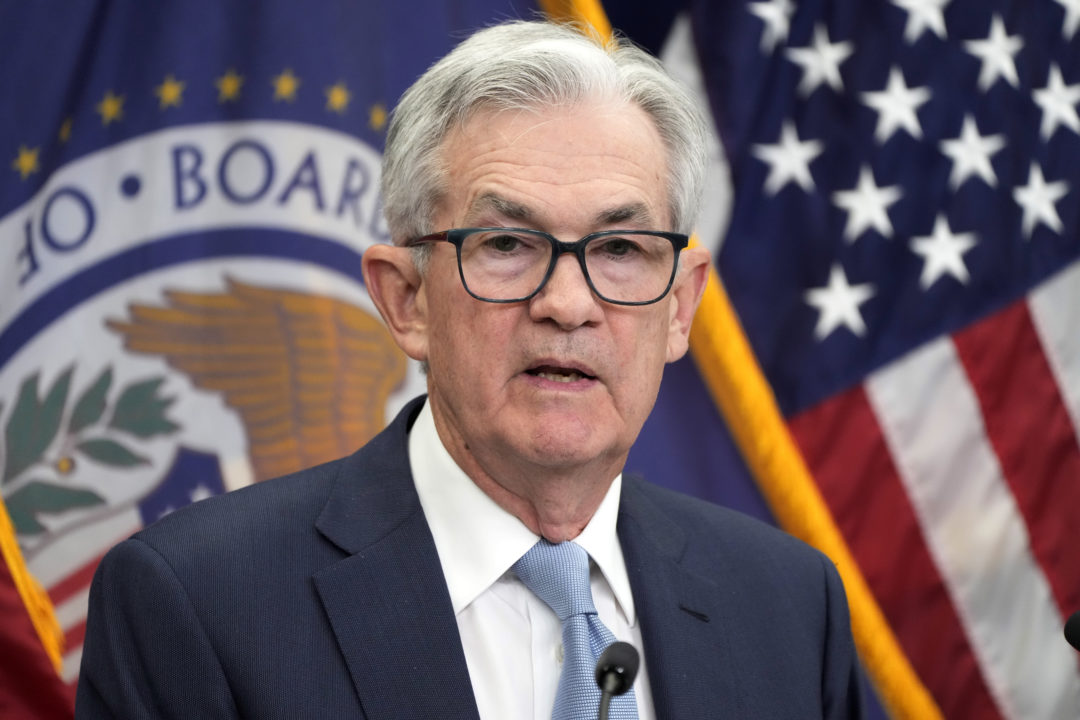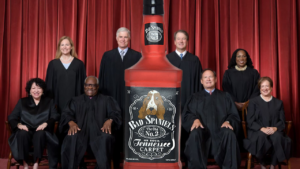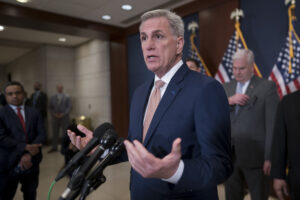The Fed Is Dead
Its interest rate hikes are hurting consumers and workers while bypassing the main source of inflation. Federal Reserve Chair Jerome Powell. Photo: Jacquelyn Martin / AP.
Federal Reserve Chair Jerome Powell. Photo: Jacquelyn Martin / AP.
The Fed is meeting today. Tomorrow, presumably, it will raise interest rates again in its continuing attempt to stem inflation by slowing the economy. But the Fed’s rate hikes aren’t working. Despite seven straight increases in just nine months, totaling a whopping 4.25 percentage points — a pace not seen since the Fed’s inflation fight in the 1980s — price increases are still hovering near four-decade highs. The Consumer Price Index measure climbed 7.1 percent in November compared to a year earlier.
The Fed’s rate hikes are slowing the economy, but not prices. Why not? The Fed’s failure to stem inflation is partly due to events outside the United States—Putin’s war in Ukraine, China’s lockdown, and post-COVID demand worldwide exceeding worldwide supplies of all sorts of materials and components. But it’s also because domestic inflation is being driven by profits, not wages. And interest rate hikes don’t reduce profit-driven inflation—at least not directly. Instead, workers and consumers take the hit.
Labor costs increased 5.3 percent over the past year. But prices rose more than 7 percent. This means the real purchasing power of American workers continues to drop. Forget the 1970s wage-price spiral when real average earnings continued to rise for much of the decade. Now, workers are taking it on the chin. Profits have grown faster than labor costs for seven of the past eight quarters. As Paul Donovan, chief economist for UBS’s Global Wealth Management, wrote last week, “today’s price inflation is more a product of profits than wages.”
Corporate profits surged to a record high of $2.08 trillion in the third quarter of this year, even as inflation continued to squeeze workers and consumers. Over the last two years, quarterly profits have ballooned more than 80 percent, from around $1.2 trillion to more than $2 trillion. Executives of big companies across America continue to tell Wall Street they can keep prices high or raise them even higher. As Pepsi Co. financial chief Hugh Johnston said on his company’s third quarter earnings call, “ [we’re] capable of taking whatever pricing we need.”
Not every business is raking it in, to be sure. Most small businesses aren’t sharing in the profit bonanza because everything they need for putting stuff on the shelves has gone up in price. But the big ones have never done as well. In fact, rather than slowing corporate price increases, the Fed’s rate hikes seem to be having the opposite effect.
It’s not hard to see why. If I run a big corporation, I’m not going to lower my prices and profits in the face of a pending economic slowdown. I’ll do everything I can to keep them as high as possible for as long as I can. I’ll reduce my prices and profits only when the Fed’s higher rates begin hurting consumers enough that they stop buying stuff at my high prices because they can find better deals elsewhere. Yet if I have a monopoly or near-monopoly—as is increasingly the case with big American corporations—my consumers won’t have much choice. If they want and need my stuff, they’ll continue to buy at the higher prices.
Seven Fed rate hikes in just nine months have barely dented corporate power to raise prices and profit margins.
Of course, I’ll keep telling them I have no choice but to keep raising my prices because my costs keep increasing—even though that’s bunk because I’m increasing my profit margins. Eventually, the Fed could raise interest rates so high that the cost of borrowing makes it impossible for consumers—whose wages, remember, are already dropping, adjusted for inflation—to afford what I’m selling, thereby forcing me to stop raising my prices. But by this time, people will be hurting. Many will have lost economic ground. Some will have become impoverished. A large number of jobs will have been lost.
The Fed should stop believing it can easily stop profit-price inflation by hiking interest rates. It should pause interest-rate hikes long enough to see—and allow the nation to see—they’re harming workers and consumers more than corporations that continue to rake in record profits. The government should use other means to tame inflation. Like what?
Like windfall profits taxes as California’s governor Gavin Newsom has proposed for oil companies there, and Representative Ro Khanna and Senator Sheldon Whitehouse have proposed nationally (taxing the difference between the current price of oil per barrel and the average cost between 2015 and 2019).
Like tough antitrust enforcement aimed at reducing the pricing power of big corporations (as Lina Kahn is attempting at the Federal Trade Commission and Jonathan Kanter is trying at the Antitrust Division of the Justice Department).
Like a new antitrust law that allows enforcers to bust up big corporations (and prevent them from buying other businesses) when they’re powerful enough to continue raising their prices higher than their costs are rising. (Could Republicans in Congress be coaxed into supporting this? I believe so.)
It’s important that Americans know the truth. Seven Fed rate hikes in just nine months have barely dented corporate power to raise prices and profit margins. Which is why the Fed is putting the onus of fighting inflation on workers and consumers rather than on the corporations responsible for it.This is wrong. It’s bad economics. It’s insane politics. And it’s profoundly unfair.
Your support matters…Independent journalism is under threat and overshadowed by heavily funded mainstream media.
You can help level the playing field. Become a member.
Your tax-deductible contribution keeps us digging beneath the headlines to give you thought-provoking, investigative reporting and analysis that unearths what's really happening- without compromise.
Give today to support our courageous, independent journalists.






You need to be a supporter to comment.
There are currently no responses to this article.
Be the first to respond.